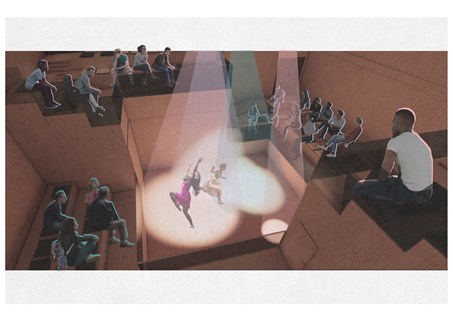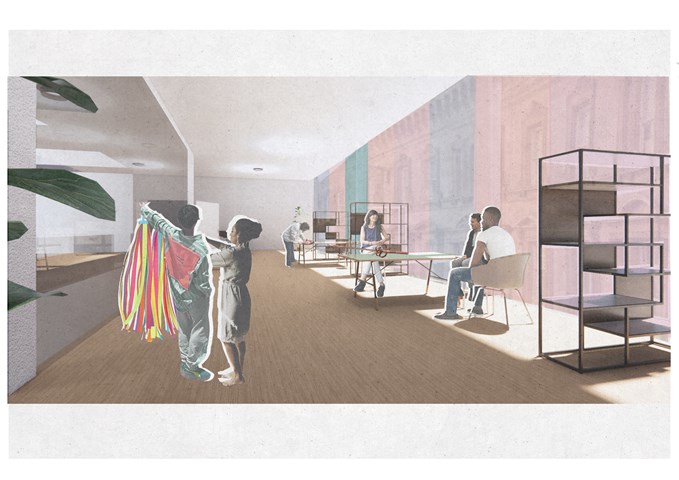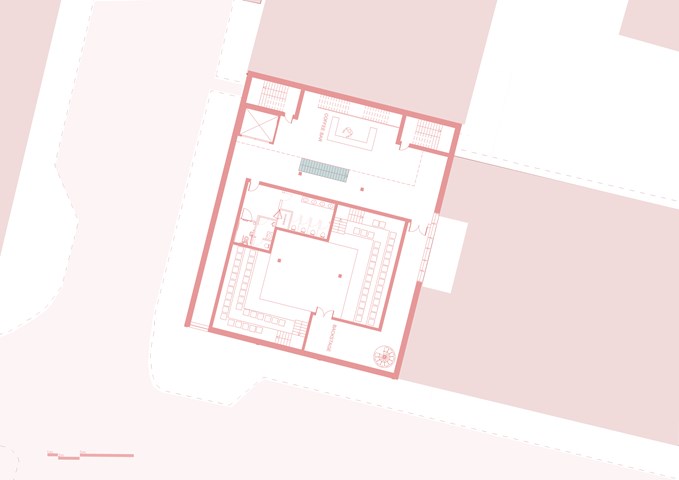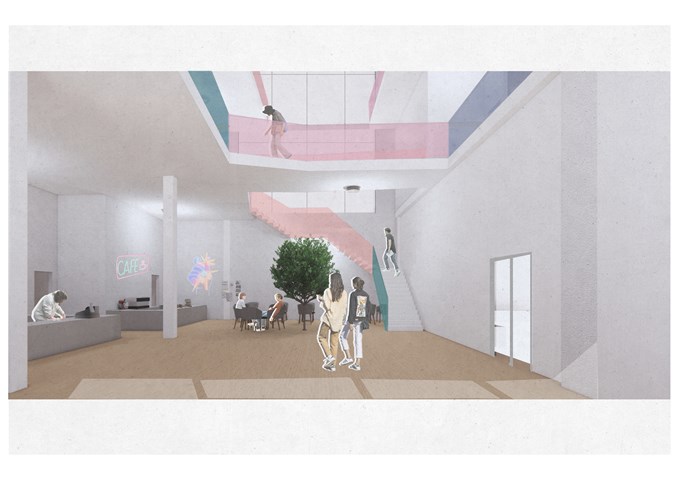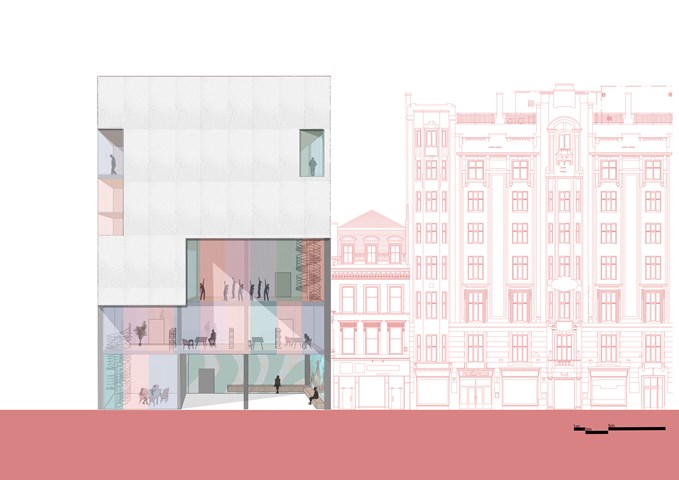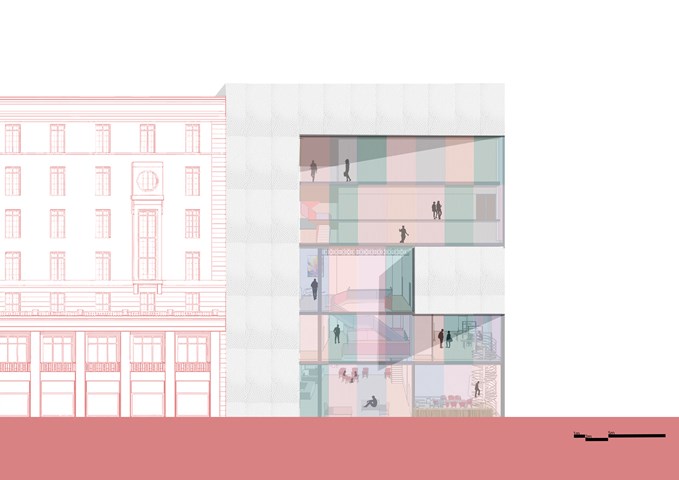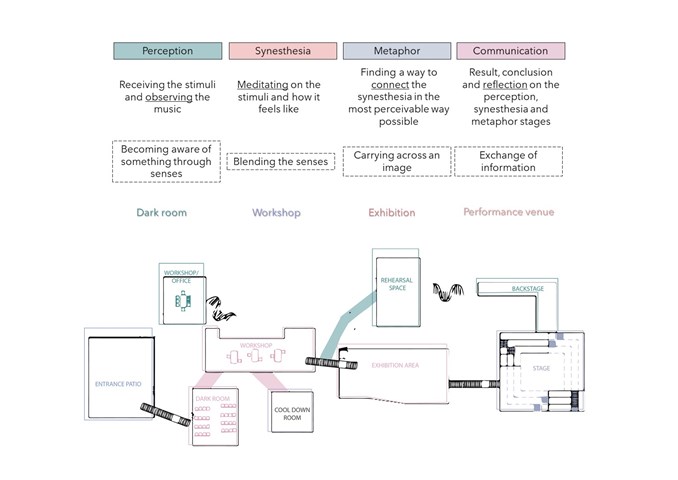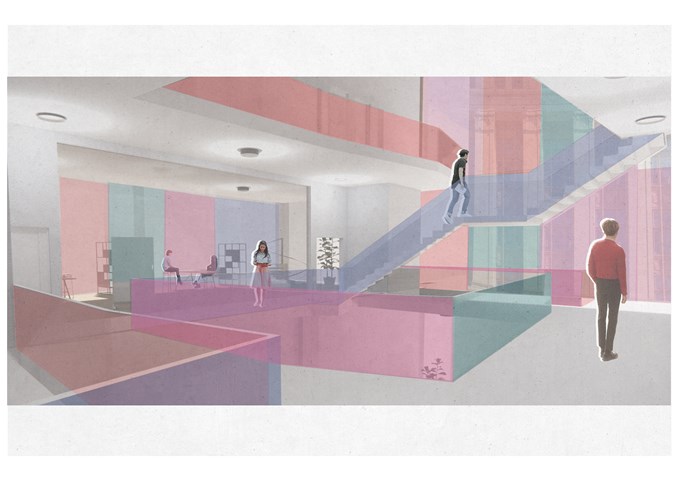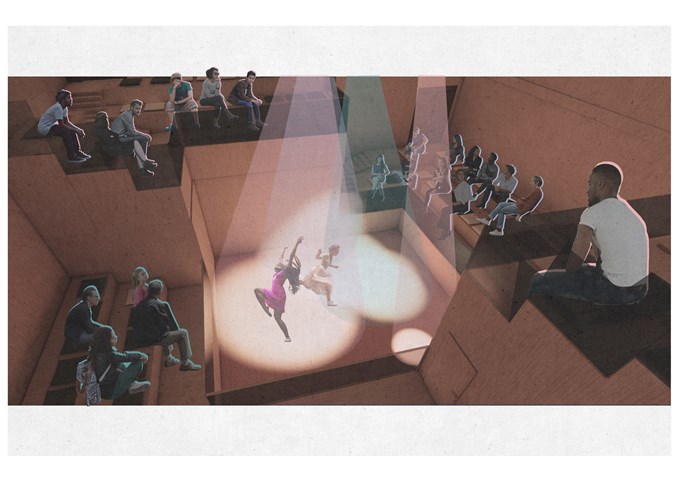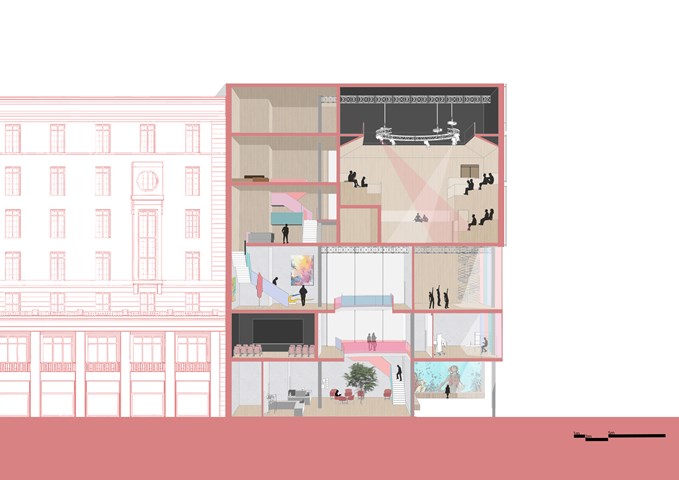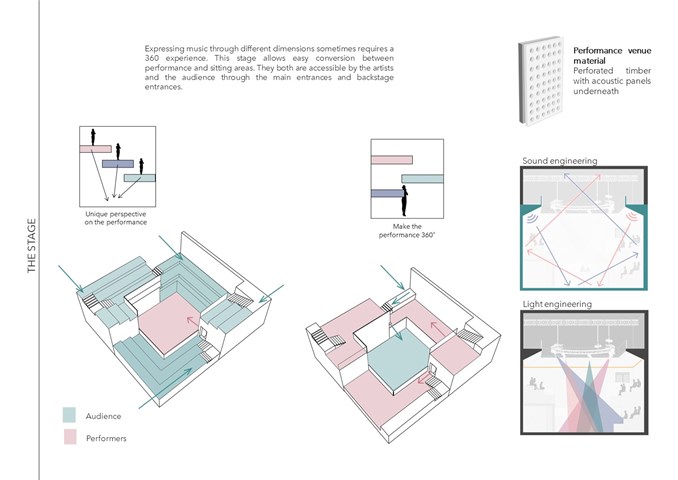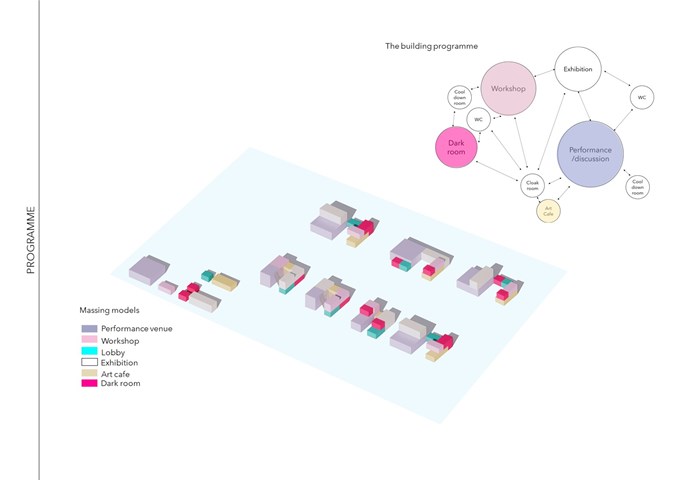To play (with colours)
Towards interpretative synesthesia
I have synesthesia and I want to create a centre for exploration and celebration of this condition. Synesthesia allows certain people to experience the world in more than one senses. Lots of synesthetes perceive music to have colours, movement and texture; it is called chromesthesia. I am designing a space where such people can gather and play with their senses and music.
Synesthesia has been widely researched since the 19th century. Unfortunately, this is the only way we can engage their condition with the outside world. Although it is a beautiful condition that inspires many artists to write songs and paint, there is not any organised community of synesthetes. The only way to explore and celebrate our senses is through research, even though we can do so much more than that. Therefore, this project is important – to gather and encourage people to finally play with their senses in a way that is creative and beautiful both to those who experience it and those who observe it from the exterior.
The aim of this design is to invite synesthetes to meditate on their senses and encourage them to express their perception in various forms. I want to explore how we can add another dimension to a performance venue (colours, texture) based on an artist with chromesthesia. The project would also include several other spaces such as a workshop and an exhibition space.
The programme will be mostly based on what synesthesia is and what synesthete needs. There needs to be a balance between oversaturating oneself in musical colours and cooling down after the performance. Certain spaces need to be provided for unavoidable sensory overload.
Stage: In synesthetic performances, intimacy is essential to realistic experience – texture, colour and space play a big role in how the music is perceived. A person should be able to feel piano notes on their left arm and bass beats above their head. It can be possible by creating a multitude of scenes around one centre. Wanting to address both the traditional and experimental approach, certain flexibility needs to be achieved. It can be done using retractable/telescopic seating. Expressing music through different dimensions sometimes requires a 360 experience. This stage allows easy conversion between performance and sitting areas. They both are accessible by the artists and the audience through the main entrances and backstage entrances.
Space allocation: Cognitive continuum by R. Cytowic explains that the journey through a synesthetic experience requires four stages: Perception, Synesthesia, Metaphor and Communication. This concept can be reflected in the building itself, by creating a sequence of spaces that a visitor must go through. In order to introduce a community patio on the ground level, the main performance space must be located in the opposite extreme of the building – the top floor. The user has to climb up through various floors, stairs and bridges, exploring the world of synesthesia, to come to the stage and watch the main performance.
Materials: Colourful glazing and illuminated perforated metal sheets aesthetically reflect the main concept of synesthesia. It creates an inviting atmosphere for non-synesthetes to come and explore the journey. It also creates a bit of privacy for spaces that are fully glazed such as the workshop. The colourful windows act as a metaphorical prism that transforms outside light into a synesthetic experience.
